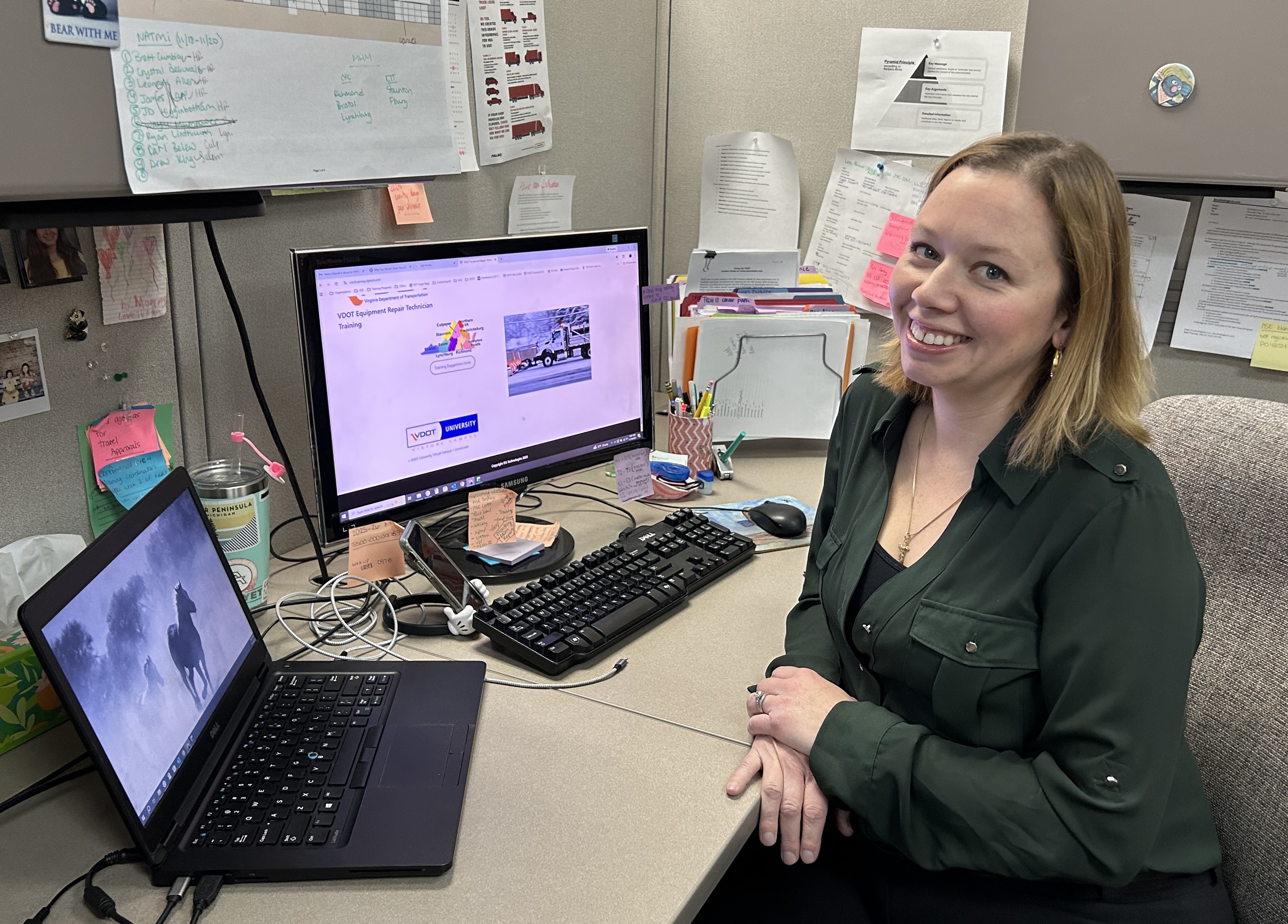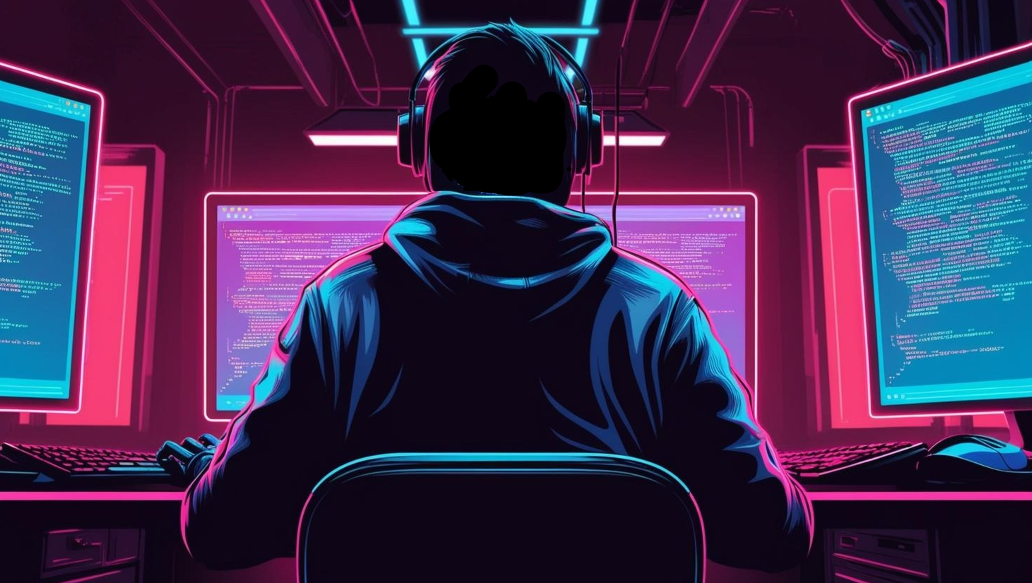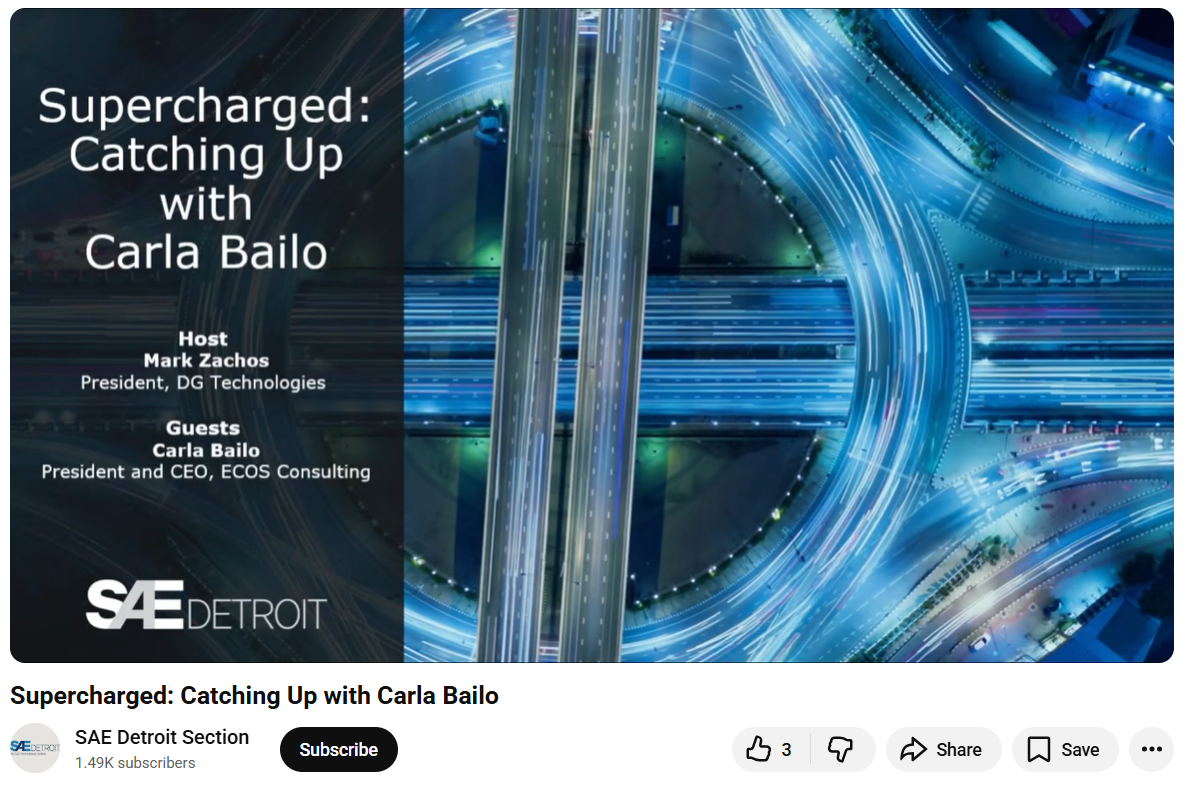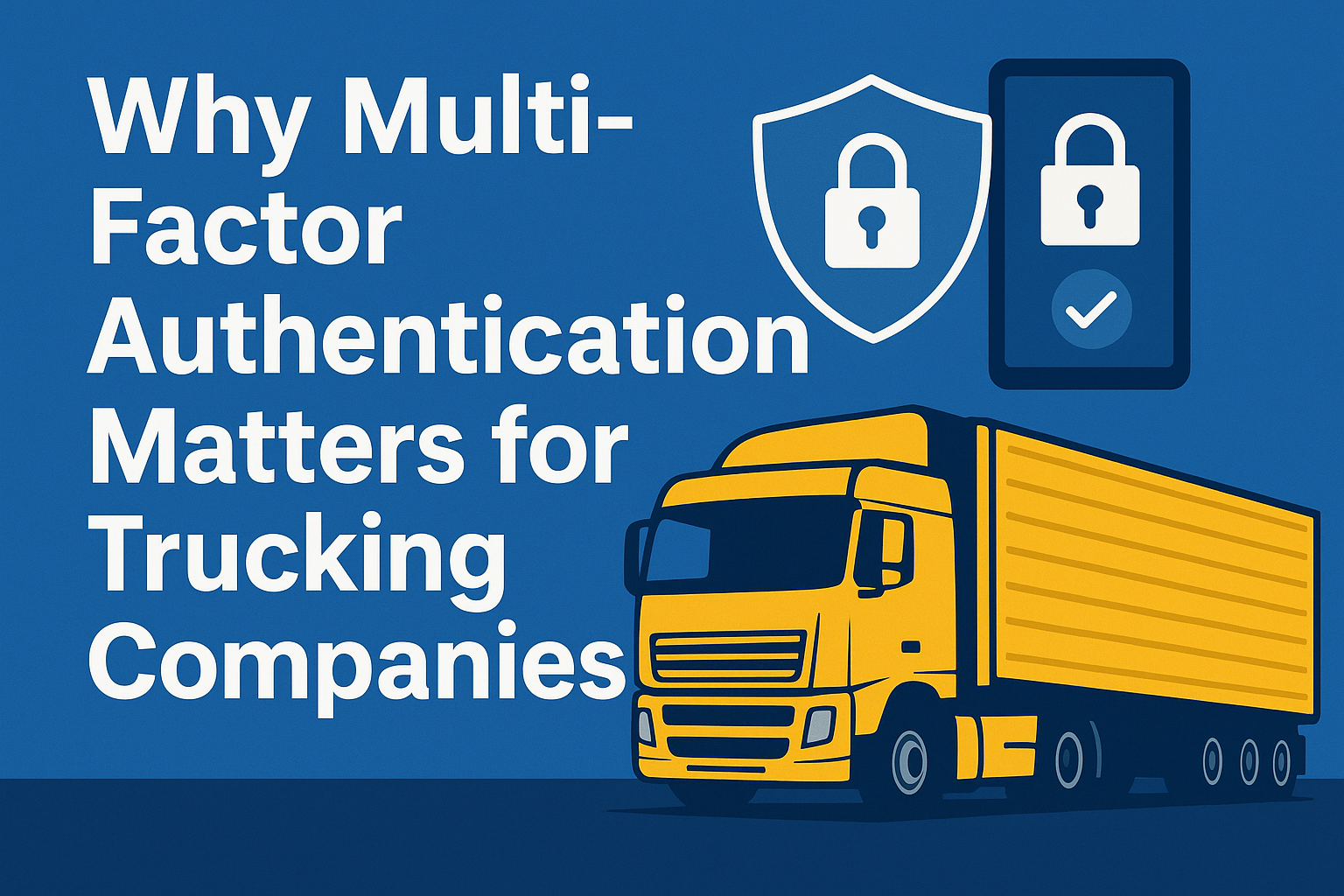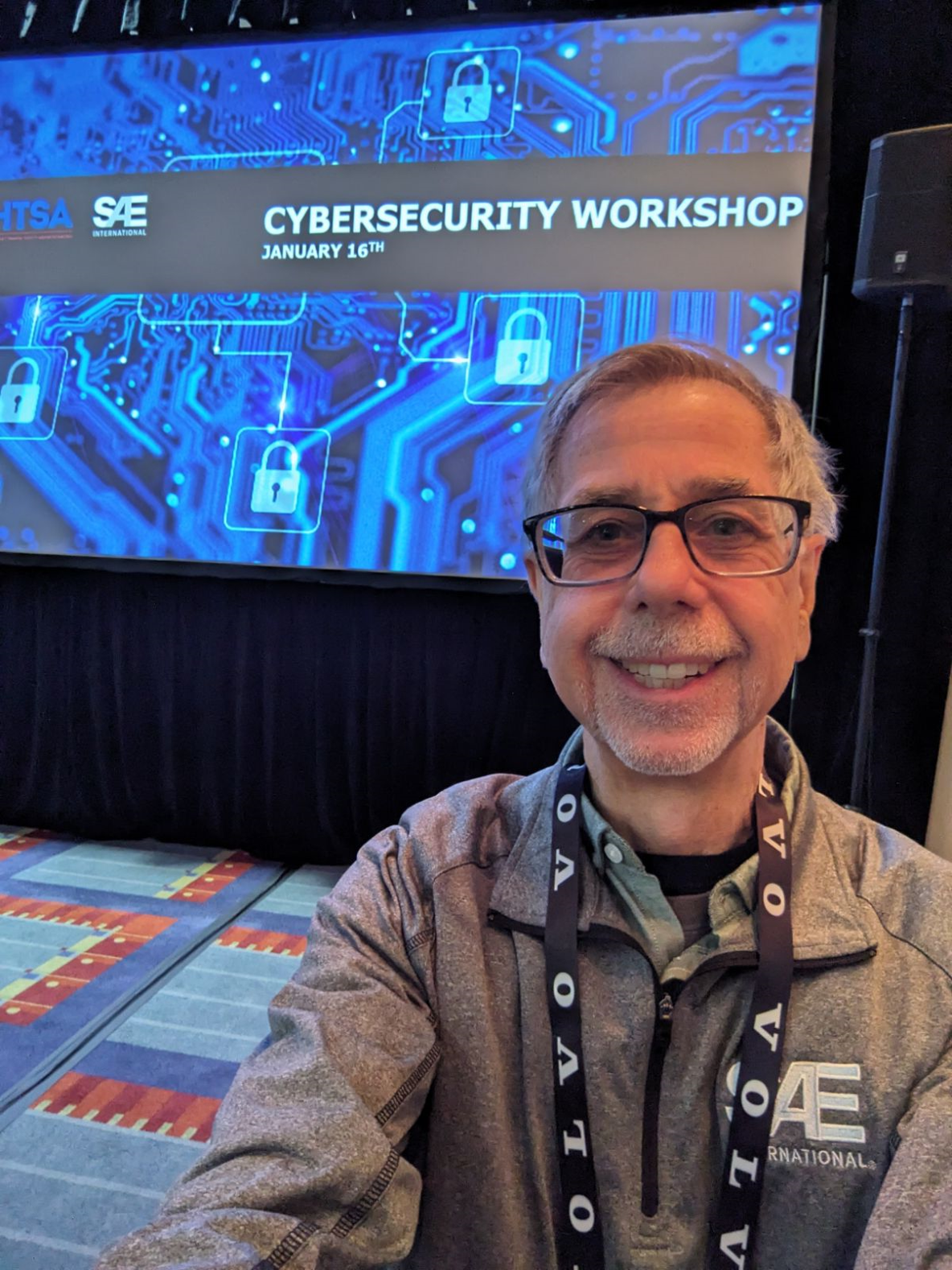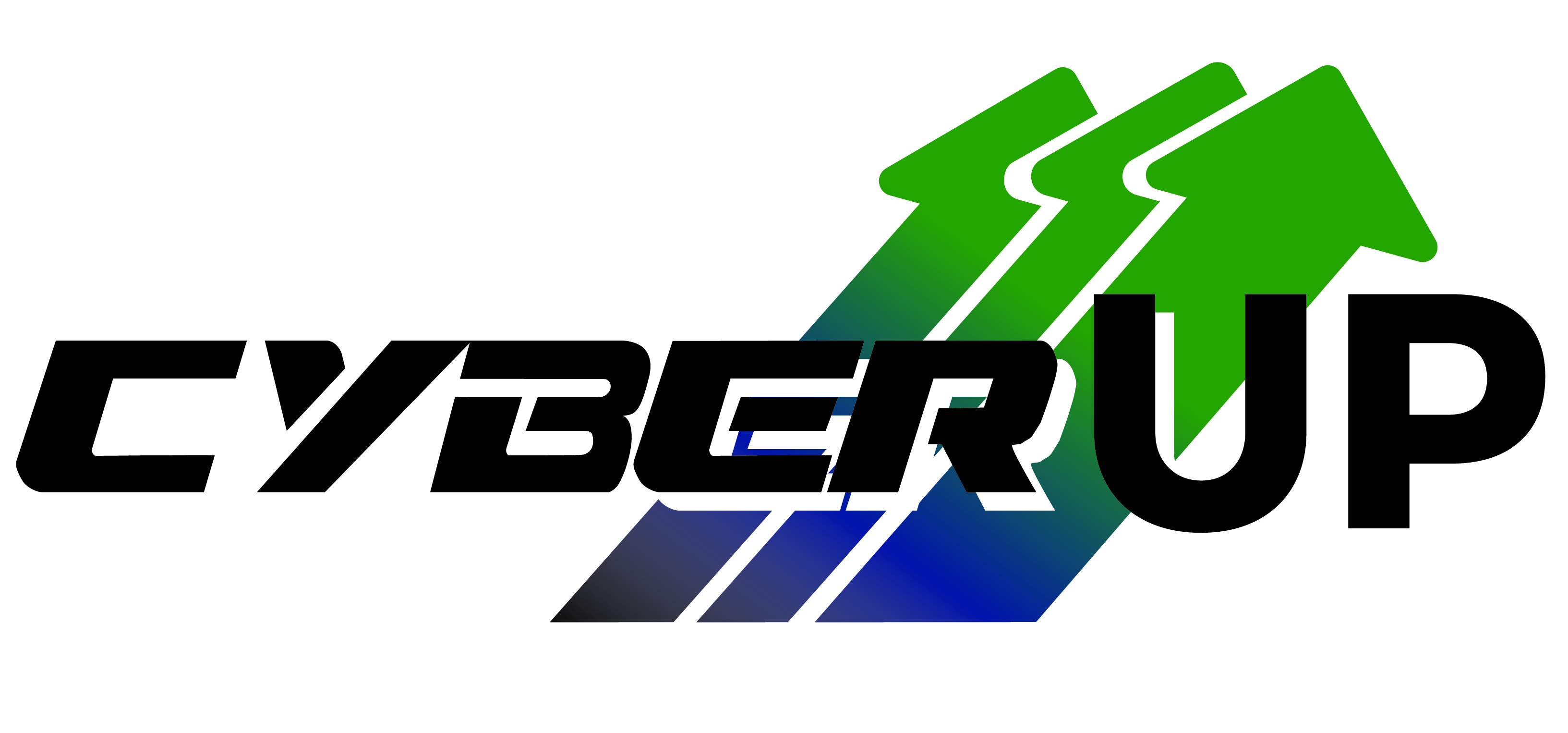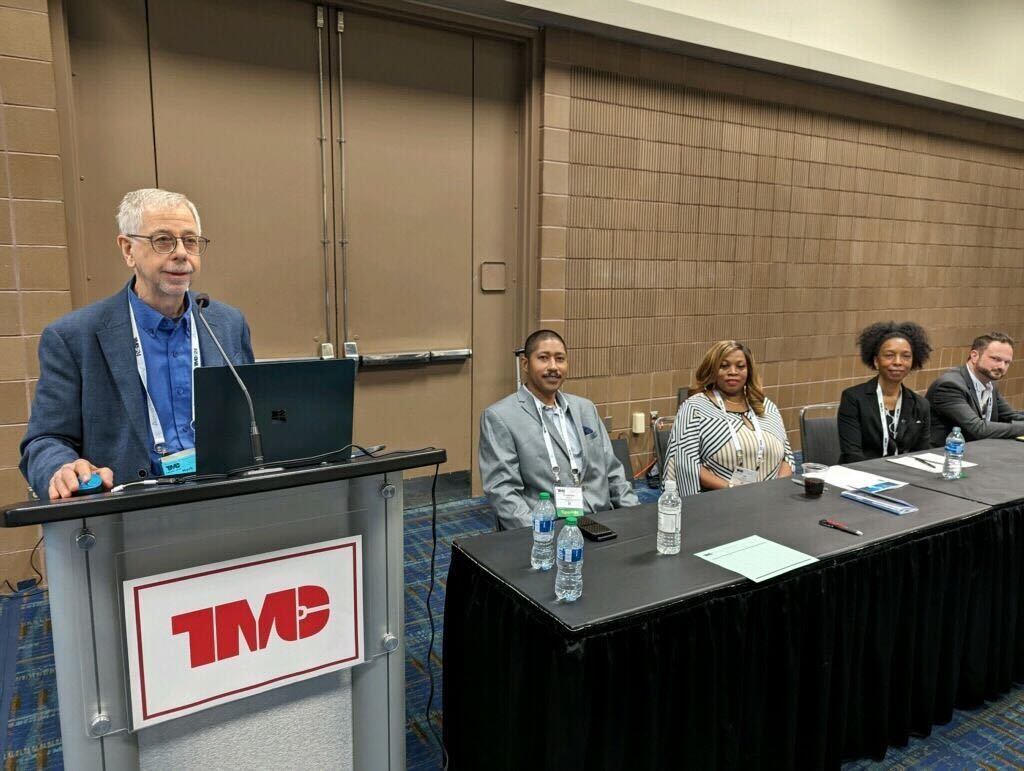Supercharged: Catching Up with SAE International’s Carla Bailo
The 2024 SAE International president talks with DG’s Mark Zachos about EV standards, digital technology and chemistry lab explosions
DG Technologies president Mark Zachos recently sat down with Society of Automotive Engineers (SAE) International past president Carla Bailo for Supercharged, the YouTube show he hosts for SAE Detroit Section.
Bailo is president and CEO of Michigan-based ECOS Consulting LLC, a company that specializes in engineering cost efficiency and optimization. A mechanical engineer and mobility expert, she has led departments at Nissan North America and the Center for Automotive Research. From 2015 to 2017, she was instrumental in The Ohio State University’s Mobility Research and Business Development initiative that, in addition to raising millions of dollars in private and non-profit investments, applied for and won the $40 million U.S. Department of Transportation’s Smart City Challenge. It was a collaborative effort, according to the department, to implement “ideas for how to create an integrated first-of-its kind smart transportation system that would use data, applications and technology to help people and goods move faster, cheaper and more efficiently.”
Zachos, a past SAE Detroit Section chair, talked with Bailo about some of her main focus areas from her tenure as 2024 president of SAE International.
MARK ZACHOS: I get a chance to see you and other SAE colleagues once or twice a year at WCX or at AeroTech but we don’t get a chance to talk a lot. So, I really enjoy this opportunity to chat with you here. You just wrapped up your term as SAE president. How did that go?
CARLA BAILO: It wasn’t exactly what I was expecting. We had a CEO search and I became interim co-CEO for a short period of time. So, it wasn’t necessarily the get out and talk about what SAE is doing or visit people globally. It was more, let’s go to Pittsburgh (where SAE International is headquartered), let’s get our house in order and make SAE the organization we all want it to be. Even though it wasn’t exactly what I expected, I think it’s exactly what SAE needed. It went great and now my year is past, I’m still on the board, I’m able to still be engaged, I’m able to work with the new CEO to make sure that everything is going smoothly.
MARK: Well, I can tell you, from the SAE Detroit Section point of view and as a longtime member, you’ve made a difference, our team made a difference and I can see some changes. Things take time, but we’ve got something rolling here that’s good for everyone. We can talk about that in more detail when you get into some of your focus areas. The first one was inclusion. What are your thoughts there?
CARLA: I think there’s a lot of word play going on. So, you know, nobody is allowed to have DEI (diversity, equity and inclusion) as an initiative. DEI offices have been closed. Colleges have been told you must change the names of this scholarship or that scholarship and stop promoting DEI. However, when you think about the solutions that need to be made for the problems that we have, diversity to me means having people from different backgrounds, different mindsets, different ways of thinking to solve problems. This is what’s going to make the best solution, and you’re not going to get that from a homogeneous population. So even if we don’t call it DEI and we call it sustainability or we call it inclusion, at least things within SAE are not going to change and things that the engineering community is going to work on are not going to change either. We still need to have that mindset and different ways of thinking coming in so that we can really tackle some of these big issues that as a community we’re facing.
MARK: Engineers solve problems, I’ve learned that through my career. And some of those problems are pretty hard. Having the most engagement you can get and including everybody in that discussion is important for teamwork.
CARLA: I really learned it when I was in academia for a while and worked on the Smart City Challenge in 2017. As a mobility engineer, when the Smart City Challenge came around, I was like, “Okay, we need to have autonomous shuttles, we need to have EV solutions, we need this and we need that.” Then I went out and saw what was really in the city and I said, “Whoa, wait a second. You know, we have a lot of people that just can’t get to work, can’t get to health care, can’t get to educational opportunities. Maybe we need to think about bus rapid transit or other solutions rather than moving to these very complex solutions that really don’t fit the city.”
So, one thing I learned right off the bat was, first, I needed everybody from all parts of the city included. But secondly, engineers are really good at finding solutions and creating new technology, and then going to find a problem to apply it to. And we have to reverse that. We have to first understand the problem fully and then think about what the solution is going to be. It might be a high-tech solution. It might be a very simple solution. If we look at some of the work done by Engineers Without Borders in some of the African communities – bridges, water, very basic things – they’re not applying the same solution they apply in a first-world country. They can’t afford to and they don’t need it. So, really thinking about what is needed can lead you to what technology can solve the right problem.
MARK: When I think of SAE, and the mobility engineering that we’re into, we’re improving the lives of folks who are in cities and take airplanes to fly to visit their grandchildren or to go on business trips overseas, through engineering. And how you map that back into SAE, it fits really well.
CARLA: When you think about improving people’s lives, let’s go back to diversity for a minute. When you look at those fields where young women tend to be entering, they’re in the biomedical, they’re in the chemical fields predominantly, they’re in the computer systems field and most of those you can see a direct correlation to human beings and improving their lives. So, I think we really have to talk differently about all of engineering. You know, the mechanical engineers, they’re involved in some of these great products in your house. What I always tell young females is everything you touch today, the clothes you put on, the makeup container you use, that was all designed by an engineer. So, the impact you can have by simplifying or improving designs goes in so many different facets of life. So, really talking about engineering differently than perhaps the way we talk about it now. It’s not all about making hot rod cars, although we love them. It’s not all about dune buggies and EVs and solar cars. There’s a lot more to engineering than that. And I think if we expanded the way we talk about it in so many settings, I think so many young minds would be open.
MARK: Let’s turn to the next focus area you had, and that was technical standards.
CARLA: When you think about how we improve people’s lives with standards, keeping them safe – everybody who gets on a plane or behind the wheel of a vehicle, in an Uber, in a bus, any mode that they go from A to B, they want to feel safe and secure that nothing’s going to happen. This is what our standards help to do. So, they’re not, maybe, sexy but they’re so needed. It’s one of those things that people expect, but they don’t even know who’s behind the scenes making it happen. We just did the (EV) charging standard for all of those people who went to a charging station and didn’t have the right adapter or right kind of charger. Thank goodness we’ve got a charging standard now!
MARK: There’s one more area I’d like to talk about before we wrap up and that’s digital technology, and especially AI. Is that the thing behind the scenes that we can all rely on and trust to keep us safe?
CARLA: AI is one of the largest breakthroughs and changes we’re going to see in our industry, in engineering in general. We have to be very careful with it though because it can spit out a lot of erroneous information depending where it searches for the information on the web. I think it really depends what you’re doing. At the same time, there’s a lot of common sense you may lose if you rely on it too much, things that you need to figure out for yourself how they work. Even if you can Google it, it’ll tell you that you can get a YouTube video, it’ll tell you how to do it, but you still need to, afterward, make sure you understand what it had you do, and understand the things that AI gave you in order to write that paper or to think about what your thesis project should be. Use it smartly, but still use your own brain because AI is just spitting what’s already out there and has been done. Engineers need to create things that haven’t been done yet, things that people don’t even realize they’re missing in their lives, and that’s not going to change.
MARK: You make a great point. Thinking back to when I was a young person going into engineering, there were people just landing on the moon, and they got there with a slide rule, not with AI! And mainly technology is one thing, but in this all these other areas it’s scary and exciting, isn’t it?
CARLA: It really is. I’m reading a book right now called “The Anxious Generation” about how this technology is maybe not making lives better. I think it’s a really interesting read – if you get a chance, take a look at it. I think we have to be smart as parents and grandparents when we think about introducing technology to kids -make sure that they still are learning themselves and have free play time, get out and explore, take risks, you know, try things out. My gosh, I can’t tell you how many times I blew up a chemistry lab! It got so bad in college, they wouldn’t let me in there unless the professor was in there, too – but I wanted to see what happened! I’m not telling you to let your kids blow up a lab, but you know, really think about a good balance. Yes, technology is great, but so is learning on your own, discovery, being curious. Because if you just have technology, you lose that part of your brain where you can be curious and create those solutions that are going to be more and more needed in the future world of technology-driven solutions. And then – for SAE – how can we use AI smartly? How can we see it as perhaps a challenge to some of the work we’re doing? And how can we be ahead of that challenge and make sure we still have a unique proposition for the marketplace?
MARK: That’s a way to wrap it up. We’ve got a great team and SAE is all behind us. Thanks Carla. I really enjoyed the chance to chat with you!
To watch the interview, visit Supercharged: Catching Up with Carla Bailo
For further information:
Dearborn Group, Inc.
33604 West Eight Mile Road
Farmington Hills, MI 48335
1 (248) 888-2000
sales@dgtech.com
General Contact:
John McNelis
Sales and Marketing Manager
jmcnelis@dgtech.com
Visit our website: www.dgtech.com
Our Services Portal: https://www.truck-connect.com/
Follow us!
X: x.com/DGTechnologies
Facebook: facebook.com/vehiclenetworksolutions
Instagram: Instagram.com/dg_technologies/
YouTube: www.youtube.com/@DGTechnologies

